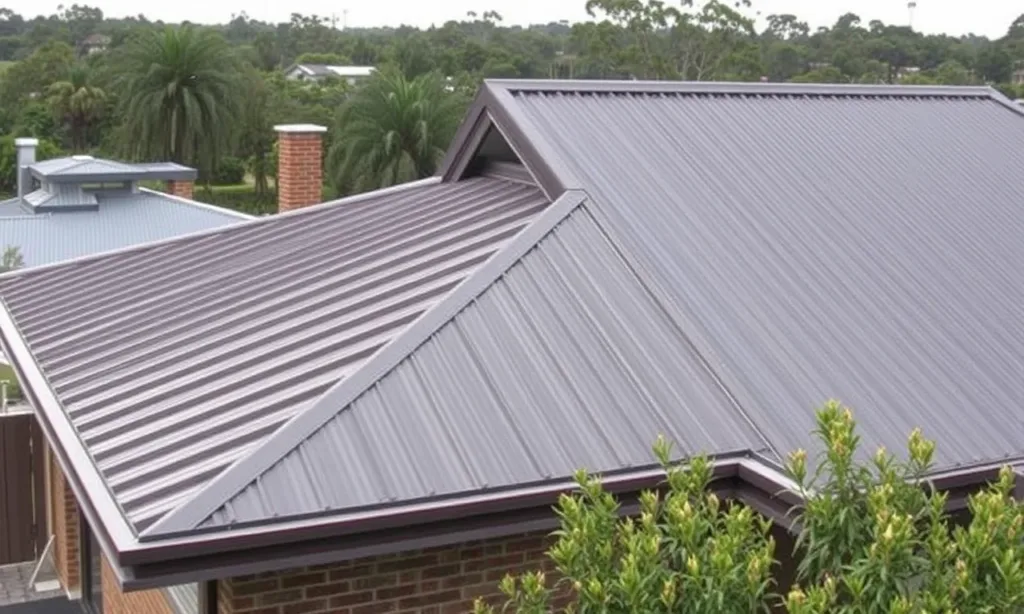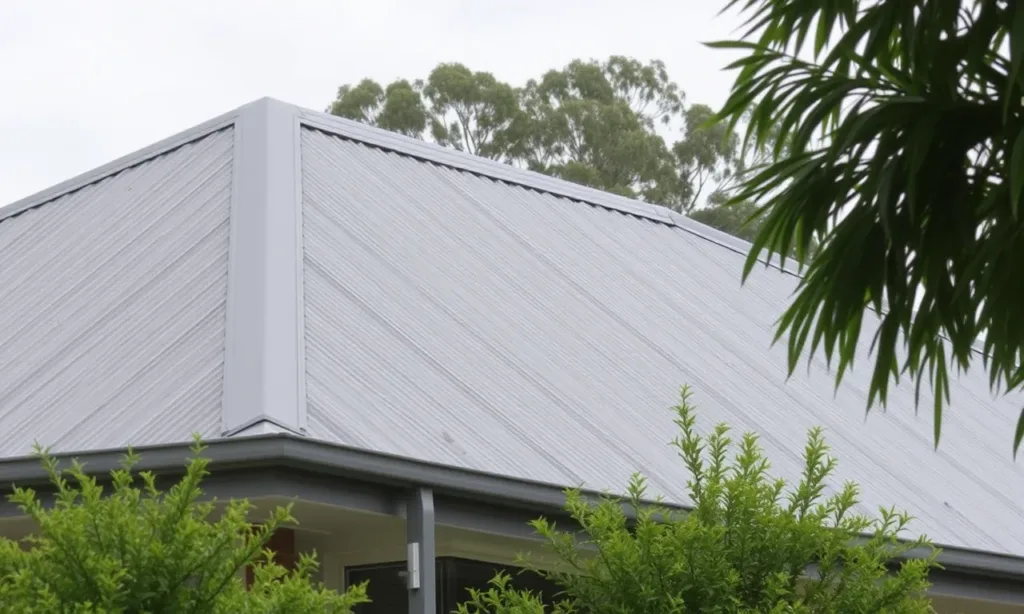
Introduction
Thinking about tackling that leaky faucet or installing a new showerhead yourself? The allure of saving money and the satisfaction of DIY projects are strong motivators. Plumbing, however, often seems shrouded in mystery, a realm best left to the professionals. But is that always the case? Can you realistically handle plumbing repairs and installations yourself, or are you better off calling a licensed plumber?
This article will explore the ins and outs of DIY plumbing. We’ll delve into the types of plumbing jobs you might consider tackling, the tools you’ll need, the potential pitfalls to avoid, and, most importantly, when it’s absolutely crucial to call in a professional. Understanding these factors will empower you to make informed decisions about your home’s plumbing system and whether DIY plumbing is the right path for you. This guide will help you determine when you can confidently handle a plumbing task and when it’s time to seek expert help.
Understanding the Scope of DIY Plumbing
Before you dive headfirst into a plumbing project, it’s essential to understand the different types of plumbing work and assess your skill level and comfort. Not all plumbing tasks are created equal; some are relatively straightforward, while others require specialized knowledge and experience.
Beginner-Friendly Plumbing Projects
These projects are generally considered safe and manageable for homeowners with limited plumbing experience:
- Replacing a faucet or showerhead: These are often simple swaps, involving disconnecting the old fixture and connecting the new one. Be sure to shut off the water supply first!
- Clearing a clogged drain (minor clogs): Using a plunger or drain snake to dislodge minor clogs in sinks, tubs, or toilets is a common DIY task.
- Replacing a toilet flapper or fill valve: These components are easily accessible within the toilet tank and can often be replaced with minimal effort.
- Repairing a leaky faucet (minor leaks): Replacing O-rings or washers in a leaky faucet is a relatively simple repair that can save water and money.
- Installing a new shower curtain rod or toilet paper holder: These are basic installation projects that require minimal plumbing knowledge.
Intermediate Plumbing Projects
These projects require a bit more skill, knowledge, and experience:
- Replacing a toilet: This involves disconnecting the old toilet, installing a new wax ring, and connecting the new toilet.
- Installing a new garbage disposal: This requires electrical knowledge in addition to plumbing skills.
- Repairing a leaky pipe (minor leaks): Patching a small leak in a pipe with a repair clamp or epoxy can be a temporary solution, but it’s important to understand the limitations.
- Replacing a section of pipe (small section): Cutting and replacing a small section of pipe requires precision and proper fitting techniques.
- Installing a new sink drain: This involves connecting the sink drain to the drainpipe and ensuring a watertight seal.
Advanced Plumbing Projects – Call a Professional!
These projects are best left to licensed plumbers due to their complexity, potential risks, and code requirements:
- Working with gas lines: Any work involving gas lines is extremely dangerous and should only be performed by a qualified professional.
- Moving or adding plumbing fixtures: This requires modifying existing plumbing lines and ensuring proper drainage and venting.
- Replacing a water heater: Water heaters are complex appliances that require specialized knowledge and experience to install and maintain safely.
- Working with main water lines: Repairing or replacing main water lines involves dealing with high water pressure and potential flooding.
- Any project requiring permits or inspections: Many plumbing projects require permits and inspections to ensure compliance with local codes.
Essential Plumbing Tools for DIYers
Having the right tools is crucial for any DIY plumbing project. Here’s a list of essential tools to have on hand:
- Plunger: For clearing clogged drains.
- Drain snake (auger): For removing stubborn clogs.
- Adjustable wrench: For tightening and loosening nuts and bolts.
- Pipe wrench: For gripping and turning pipes.
- Basin wrench: For reaching hard-to-access nuts under sinks.
- Pliers: For gripping and manipulating small parts.
- Screwdrivers (Phillips and flathead): For removing and installing screws.
- Hacksaw or pipe cutter: For cutting pipes.
- Plumber’s tape (Teflon tape): For sealing threaded connections.
- Plumber’s putty: For sealing around drains and fixtures.
- Safety glasses: To protect your eyes from debris.
- Gloves: To protect your hands.
- Flashlight: For illuminating dark spaces.
- Bucket: For catching water.
- Towels: For cleaning up spills.
- Multimeter: For checking electrical connections when dealing with garbage disposals or water heaters.
Investing in quality tools will not only make your DIY plumbing projects easier but also safer and more effective.
Common Plumbing Mistakes and How to Avoid Them
Even with the right tools and knowledge, it’s easy to make mistakes when tackling DIY plumbing projects. Here are some common pitfalls to avoid:
- Not shutting off the water supply: This is the most common mistake and can lead to flooding and water damage. Always turn off the water supply to the fixture or pipe you’re working on before starting any repairs.
- Overtightening connections: Overtightening nuts and bolts can damage fittings and cause leaks. Tighten connections until they are snug, but not excessively tight.
- Using the wrong materials: Using the wrong type of pipe, fitting, or sealant can lead to leaks and failures. Always use the correct materials for the specific application.
- Ignoring building codes: Plumbing codes are in place to ensure safety and prevent problems. Familiarize yourself with local codes before starting any plumbing project.
- Improperly soldering pipes: Soldering pipes requires skill and practice. If you’re not comfortable soldering, consider using push-fit fittings instead.
- Forgetting to apply plumber’s tape or putty: These sealants are essential for creating watertight connections.
- Improperly venting drains: Proper venting is crucial for preventing sewer gases from entering your home.
- Damaging existing pipes: Be careful not to damage existing pipes when cutting or removing sections of pipe.
- Underestimating the complexity of the project: Don’t be afraid to call a professional if you’re unsure about any aspect of the project.
- Not having a plan: Before you start, map out the project. What steps will you take? What materials do you need? What could go wrong?
When to Call a Professional Plumber
While DIY plumbing can be a rewarding experience, there are times when it’s best to call a professional plumber. Here are some situations that warrant professional help:
- You’re dealing with a major plumbing problem: If you have a burst pipe, a sewer backup, or a major leak, call a plumber immediately.
- You’re uncomfortable or unsure about any aspect of the project: Don’t hesitate to call a plumber if you’re feeling overwhelmed or unsure about any part of the project.
- You’re working with gas lines: As mentioned earlier, any work involving gas lines should only be performed by a qualified professional.
- You need to obtain permits or inspections: Many plumbing projects require permits and inspections to ensure compliance with local codes.
- You’re experiencing recurring plumbing problems: If you’re constantly dealing with clogged drains or leaky pipes, it’s time to call a plumber to diagnose and fix the underlying problem.
- The project is beyond your skill level: Be honest with yourself about your skill level and don’t attempt projects that are beyond your capabilities.
- You want to ensure the job is done correctly: Hiring a professional plumber ensures that the job is done correctly and up to code.
- You don’t have the time or tools: If you don’t have the time or tools to complete the project yourself, it’s best to call a plumber.
- You want to avoid potential problems: A professional plumber can identify and address potential problems before they become major issues.
Safety First: Plumbing Safety Tips
Safety should always be your top priority when tackling DIY plumbing projects. Here are some essential safety tips to keep in mind:
- Always shut off the water supply before starting any repairs.
- Wear safety glasses to protect your eyes from debris.
- Wear gloves to protect your hands.
- Be careful when working with sharp tools.
- Avoid working with electricity and water at the same time.
- Use a ladder safely.
- Be aware of potential hazards, such as asbestos.
- If you smell gas, evacuate the area immediately and call the gas company.
- Know the location of your main water shutoff valve.
- Keep children and pets away from the work area.
- Clean up any spills immediately.
Conclusion
So, can you do plumbing yourself? The answer is: it depends. Simple tasks like replacing a faucet or clearing a minor clog are often within the reach of the average homeowner. However, more complex projects, especially those involving gas lines or requiring permits, are best left to the professionals. By understanding the scope of DIY plumbing, having the right tools, avoiding common mistakes, and prioritizing safety, you can confidently tackle some plumbing projects yourself and save money. But always remember to err on the side of caution and call a licensed plumber when in doubt. Knowing your limits and when to seek expert help is key to maintaining a safe and functional plumbing system in your home. The key is to be honest about your skill level and know when to call in a professional plumber.


